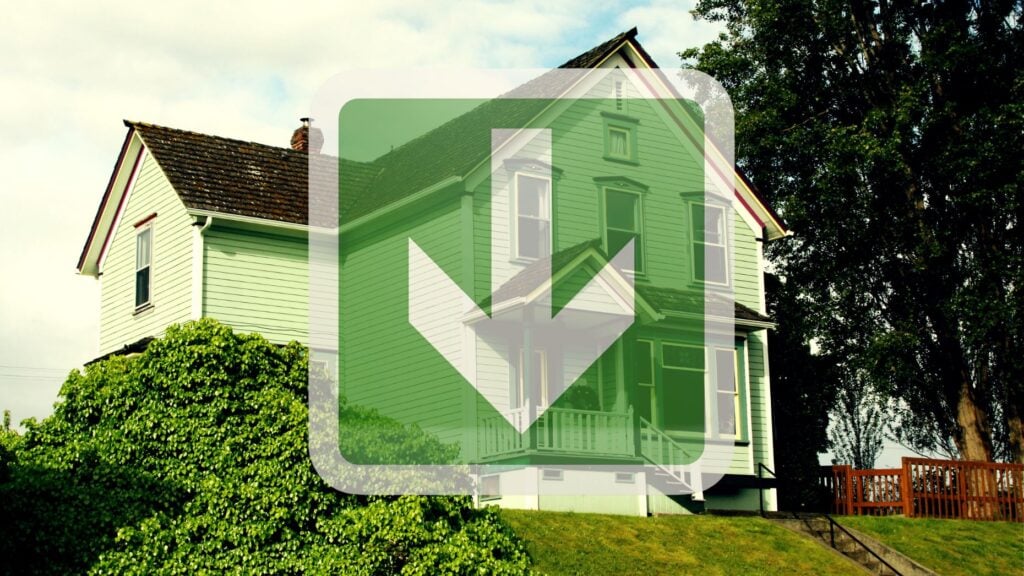
The next time a listing lingers, resist the urge to slash the price, coach Darryl Davis writes. Become a real estate detective to figure out what’s really going on.
Price reductions aren’t just a strategy; they’re a signal. And here’s the kicker: Every time you drop the price, you’re sending a message to the market. The message? Something’s wrong with this house.
Buyers start to wonder:
- Is it overpriced?
- Is there a hidden issue?
- Why hasn’t it sold yet?
One well-timed reduction can create urgency, two tops, but multiple cuts (especially those little ones) can have the opposite effect, making buyers skeptical and pushing them to wait for the next drop.
As I often tell agents, you only get so many chances before a listing starts to look stale. That’s why price adjustments should be strategic, not reflexive. In fact, when a property isn’t moving, price should be the last lever you pull, not the first.
Listing rescue: The ‘diagnose before price adjustment’ checklist
You’ve maybe been there: A listing that looked great on paper, launched with promise, but now … crickets. The seller’s anxious, you’re fielding that question (“Should we drop the price?”), and the temptation is real.
But a smart agent treats this like a detective case. Instead of cutting before diagnosing, you investigate every possible factor that could be holding the property back. Here’s the process top producers follow before touching that price tag.
Here’s your “Diagnose Before You Discount” checklist. Run through these before you even think about touching that price tag.
1. Check the marketing pulse
Is the property actually getting in front of the right eyeballs?
- Review your online presence: Is it on all the major platforms, MLS and IDX feeds?
- Are the photos scroll-stopping or just meh? Professional photography isn’t optional anymore.
- Have you used video, 3D tours, floor plan or drone footage to make it pop? If your marketing is flat, your price isn’t the problem — it’s your exposure.
- Have you labeled your photos so it’s not a guessing game as to which room is which? (Example: family room, primary bedroom, second-floor bedroom, laundry room, etc.)
2. Run the ‘first impression’ test
If buyers are clicking but not booking showings, you’ve got a curb appeal or presentation problem.
- Drive by yourself and see what stands out (and not in a good way).
- Walk in like a buyer. What’s the smell, lighting and vibe?
- Is it staged or at least decluttered? Buyers make emotional decisions fast. If the house doesn’t “wow” in the first 30 seconds, they’re moving on.
3. Audit the buyer feedback
If people are coming to see it but not making offers, the market’s already telling you something.
- Are they pointing out the same flaws over and over?
- Are the objections fixable (paint, carpet, outdated fixtures) or permanent (location, layout)? If it’s fixable, fix it. Price shouldn’t be the band-aid for a problem that a Saturday at Home Depot can solve.
4. Recheck the competition
When was the last time you pulled fresh comps? The market shifts quickly; your “perfectly priced” home 30 days ago could now be the most expensive in its category.
- Look at new listings, recent pendings and closed sales.
- Check if similar homes are offering perks (closing cost credits, rate buy-downs) that make yours less attractive. Sometimes it’s not about lowering the price; it’s about adding value.
5. Review your timing and market conditions
Not all slow listings are overpriced. Sometimes they’re just swimming against the tide.
- Are you competing with a seasonal slowdown?
- Did a flood of similar homes just hit the market?
- Is there economic news making buyers cautious?
If it’s timing, your strategy might be to hold firm, refresh marketing and ride it out instead of adjusting price.
6. Have the honest seller conversation
Before you make any changes, your seller needs to understand the “why” behind the decision. Show them the data, the feedback and the comparison to other listings. This isn’t about opinion; it’s about diagnosing the true cause of the stall.
The bottom line is that price adjustments can be powerful, but they’re not magic wands. If the home’s condition, marketing or presentation is the real culprit, lowering the price won’t solve the problem; it just masks it. The best agents know how to pinpoint the real reason a listing is stuck, fix that first and only adjust the price when it’s truly the right move.
Funny enough, I’ve seen plenty of agents rescue a “dead” listing without touching the price at all, just by running through these strategies. It’s like CPR for your sale: You restart interest, create urgency and sometimes even get multiple offers.
The next time a listing lingers, resist the urge to slash the price. Become the detective your clients need: methodical, informed and committed to finding the real solution. That’s how you turn a “stale” listing into a sold one.
